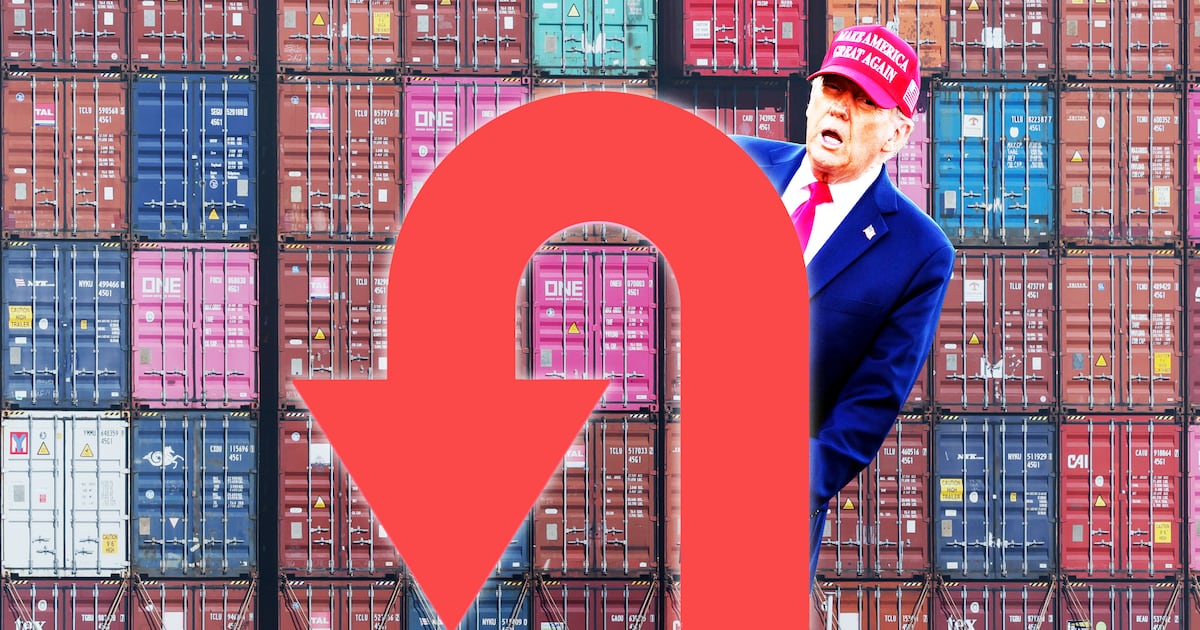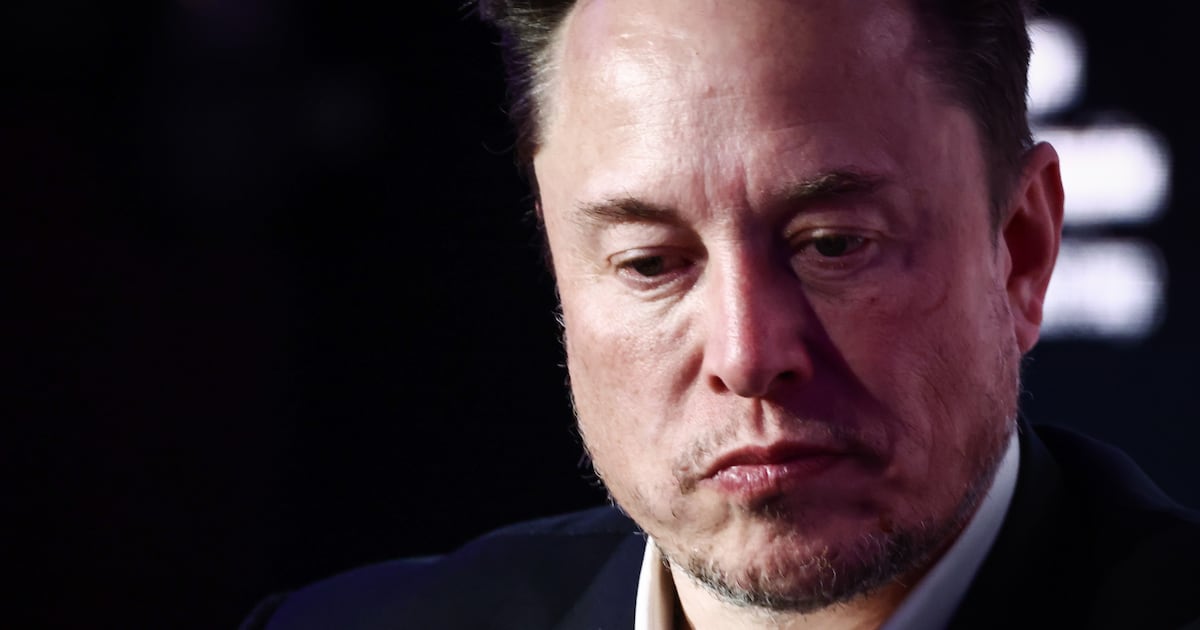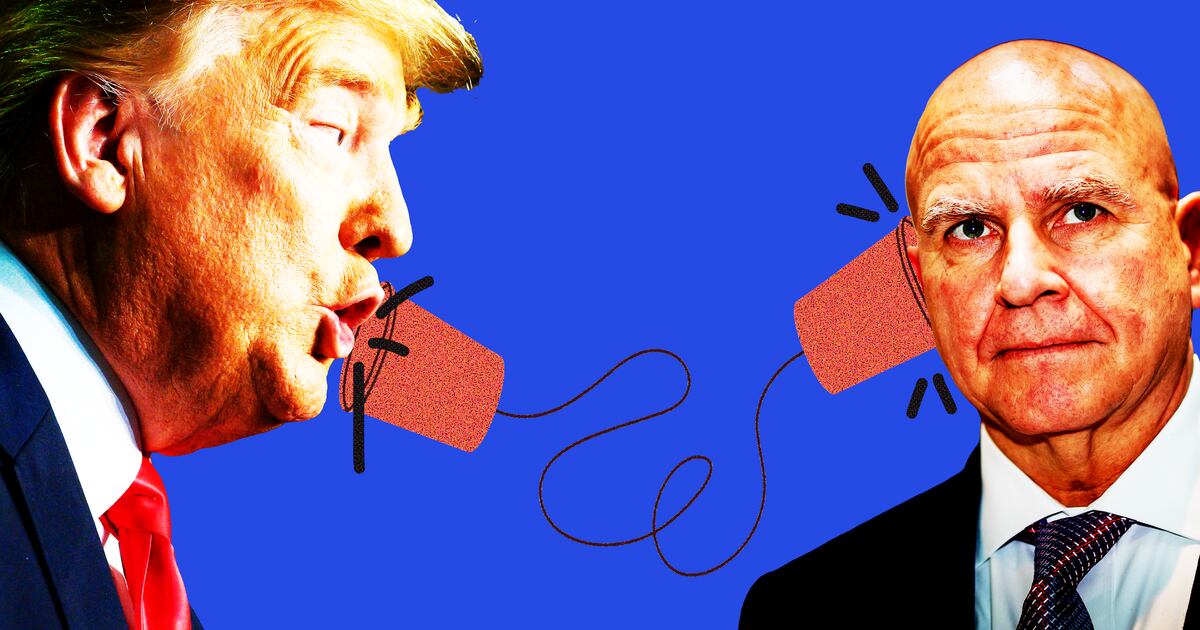Only one state in the nation—West Virginia—has not reported any COVID-19 cases. But that doesn’t mean the new coronavirus isn’t there. It turns out the state has done very little testing—even compared to states of a similar size.
The West Virginia Department of Health and Human Resources reports that a bare 84 West Virginians have received a test as of Tuesday afternoon. Of those, 80 came back negative and four are pending.
Nebraska, by contrast, has tested 188 individuals, and 18 were positive. Vermont, which has scant more than one-third of West Virginia’s population, has tested more than 500 of its residents and 10 were positive.
U.S. Sen. Joe Manchin (D-WV) says his his state has only 500 kits—and he’s not happy about it.
“There’s no excuse for it,” the senator told reporters this week, the Charleston Gazette-Mail reported.
The lack of testing could be deadly. While most cases of coronavirus are mild, Manchin noted a recent study found that the state has the highest likelihood—51 percent—for adults getting seriously ill after a COVID-19 infection. That’s due mainly to the large proportion of elderly residents, and the prevalence of residents under age 60 with health issues—the two group most at risk.
“With only 84 tests given and 80 of them evaluated so far in a state where more than one million people are at risk, we shouldn’t be naive enough to think we’ve been spared,” the senator said.
The state acknowledged in a press release Monday that “supplies are limited” and that it had prioritized the testing of two groups of people: those with a serious ailment, and those who have both coronavirus-like symptoms and have experienced recent exposure either to an infected person or region.
“Testing for COVID-19 may not be appropriate for everyone,” said state health officer Dr. Cathy Slemp. “A provider’s decision to order COVID-19 testing is based on several factors, including clinical judgment and the availability of testing supplies and lab resources.”
Dr. Diane Gross, regional epidemiologist for Monongalia County in the northeast corner of the state, cited a range of “limiting” factors that have likely prevented a positive diagnosis so far.
On one hand, she told The Daily Beast, West Virginians likely travel internationally less frequently than residents of many other states, which at first insulated them from the global outbreak.
But she also said many medical facilities in the state initially lacked the proper swabs and other sampling materials necessary to check for infection—and decades of budget cuts have decimated the public health system.
“We have no real surge capacity. That is making it more difficult to get people sampled,” Gross, who also serves as an adjunct professor at the West Virginia University School of Public Health, told The Daily Beast. “It is much more likely that we do have some cases and have not detected them yet.”
Gov. Jim Justice struck a similar note in a Monday press conference.
“This virus is, without question, in West Virginia somewhere right now,” Justice said Monday afternoon. “We’re trying to be ready in every way we possibly can be. Let’s not get caught, then say, ‘Oh no.’ Let’s err on the safe side.”
Despite the absence of positive tests, West Virginia has taken steps to contain the virus that is lurking unseen, shuttering all schools and declaring a state of emergency.






